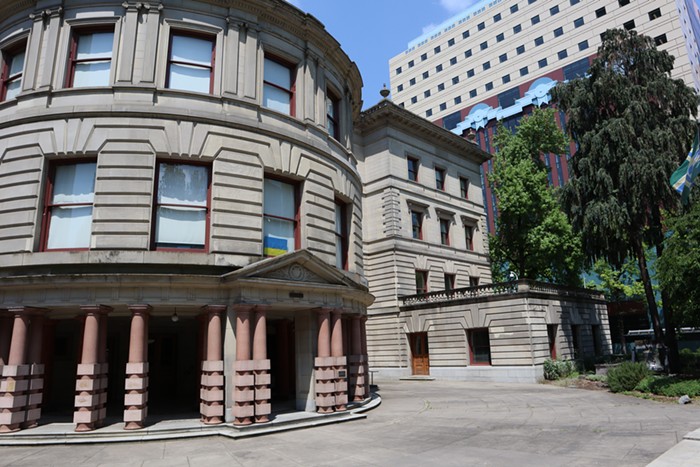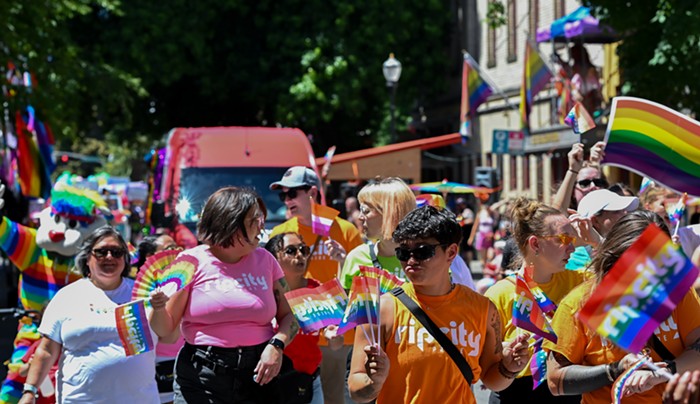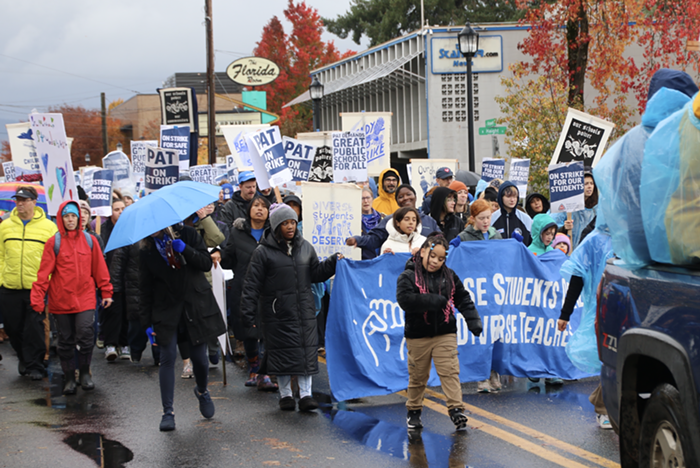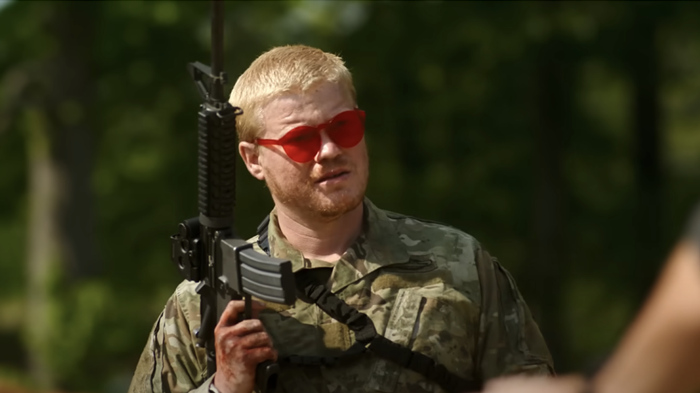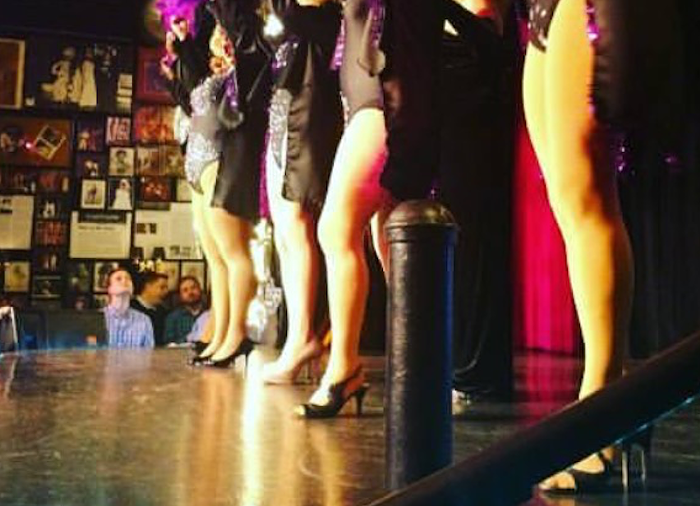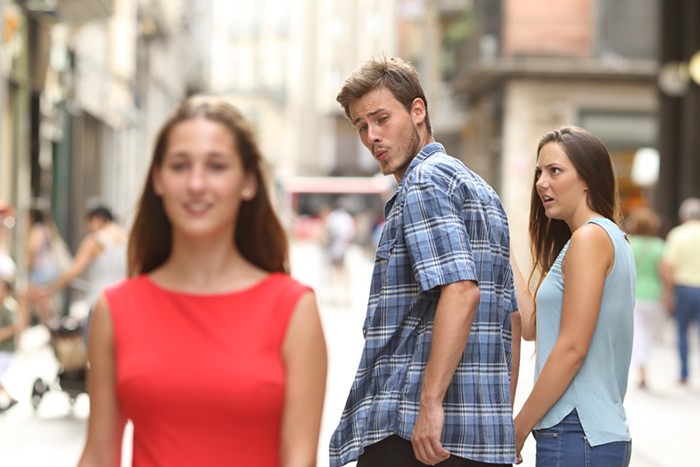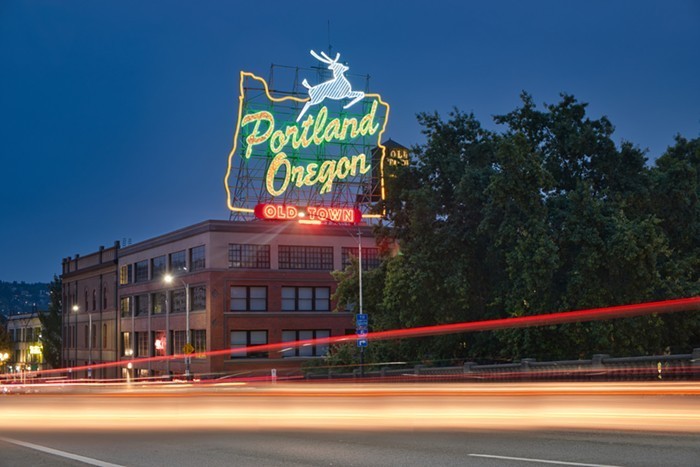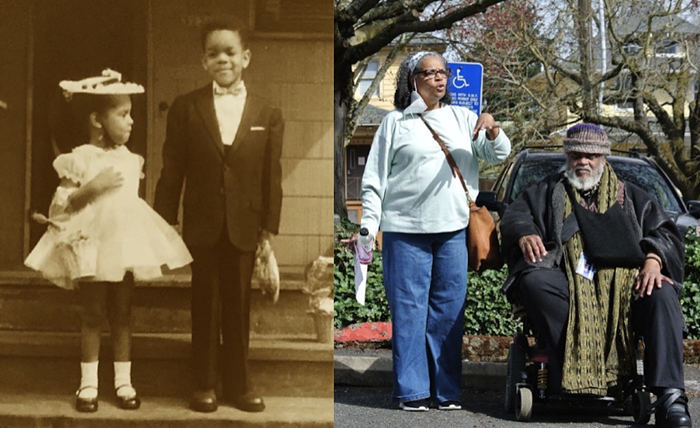A NEW STUDY from Portland State University (PSU) researchers shows that Portland's experimental green bike boxes painted at busy intersections make both cyclists and drivers feel safer, but the jury is out on whether the visible symbols of the city's cycling innovation actually cut the number of bike and car crashes.
Acting on community outrage surrounding the death of two Portland cyclists in two weeks during 2007, Portland bet $243,000 that striping green boxes at 14 dangerous intersections around Portland would make cycling safer.
The new green zones stretching out in front of stoplights on busy streets are meant to keep cars from creeping into crosswalks and blindly taking right turns across the bike lane. Portland snagged positive attention in the New York Times and nationwide green-thinking blogs as the first city in the US to implement the colorful boxes that are common in Europe.
But digging into the facts behind the hype is more difficult. Researchers Christopher Monsere and Jennifer Dill used city and federal research grants to spend recent months reviewing 36 hours of video from Portland intersections and surveying 468 cyclists and 717 drivers to figure out whether the bike boxes are actually changing behavior.
Seventy-seven percent of bike riders and 52 percent of drivers told researchers they felt safer thanks to the boxes, in part because the green boxes make motorists more aware of bikes in general. The boxes also significantly cut the number of cars stopping in the middle of crosswalks.
But the PSU study did not conclusively show whether that perception of safety actually changed behavior. Before the bike boxes were installed, researchers counted 20 bike-car conflicts at a dozen intersections (conflicts could be as small as a cyclist or motorist hitting their brakes; no collisions were actually seen). With the boxes, only 14 conflicts occurred. "The change in conflicts is not significant because there were so few conflicts before and after," says Dill, who presented the study to the city last week.
Regardless of that uncertainty, the mayor's office sees the boxes as a success and is considering pursuing city or federal funds to create more.
"The real benefit that we don't know about is the averted tragedy," says the mayor's Transportation Director Catherine Ciarlo. "We get a lot of bang for our buck."
Ciarlo notes that the $243,000 cost of all the city's bike boxes is less than the $250,000 price tag for installing one traffic signal.

